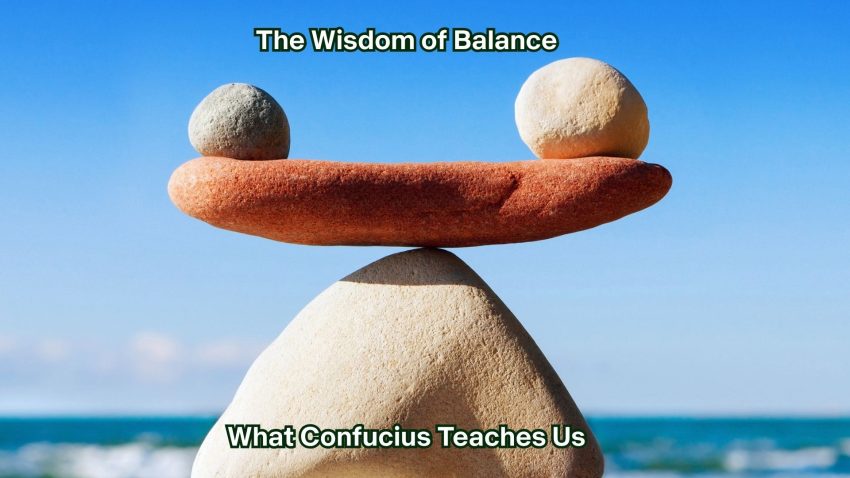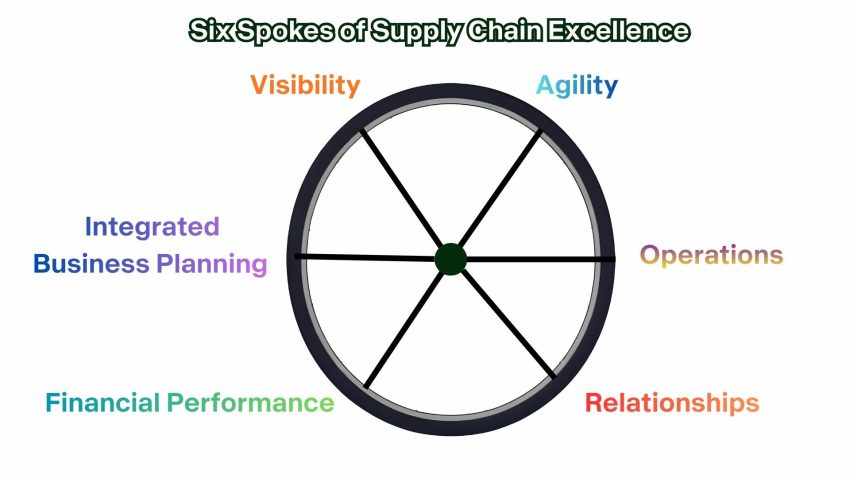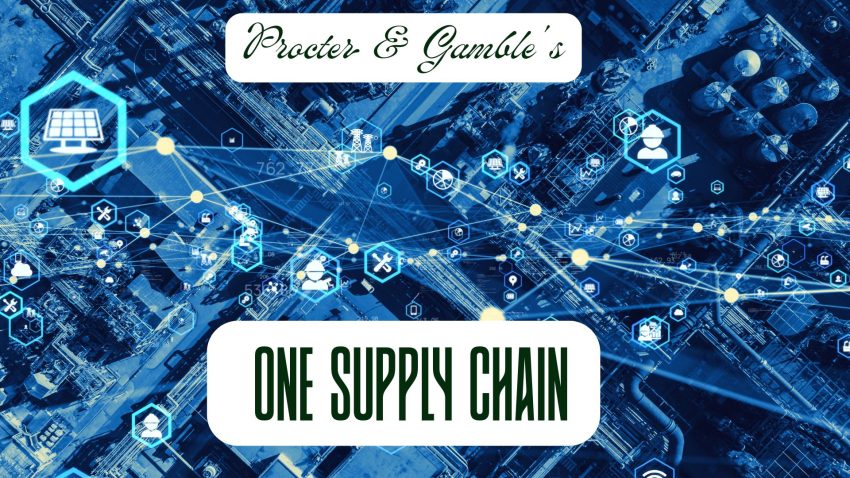Alan Watts once wrote that life is “all about balancing, not about being balanced.” For those of us who have spent years in the trenches of supply chain management, this insight resonates with particular force. We’ve been taught to pursue stability, to eliminate variability, to build fortresses of inventory and rigid contracts that promise predictability….
Category: Supply Chain
The Wisdom of Balance: What Confucius Teaches Us About Supply Chain Excellence
Over two millennia ago, Confucius observed a fundamental truth about human progress: “Learning without thought is labor lost. Thought without learning is intellectual death.” As I reflect on this quote, I’m struck by how profoundly this ancient wisdom applies to our modern, fast-paced industry. We live in an era of unprecedented information availability. Every day…
The Six Spokes of Supply Chain Excellence: Building a Balanced and Resilient Network
Just as Darius Foroux’s Six Spokes Theory emphasizes the importance of balancing body, mind, work, love, money, and play for an optimal life. I believe that the supply chain management requires a similar holistic approach. A truly resilient and efficient supply chain operates like a well-balanced wheel, with six critical spokes working in harmony to…
How Muhtar Kent’s Leadership Framework Can Be a Guide to Supply Chain Excellence
As supply chain professionals, we constantly seek proven frameworks that can elevate our operations from good to exceptional. Cem Kozlu’s insights in “Liderin Takım Çantası” (Toolbox of the Leader) offer a compelling perspective through Muhtar Kent’s leadership approach: the Leader-Strategy-People-Operations quartet. I find this framework particularly resonant for our field. Understanding the Quartet Muhtar Kent’s…
The Emotional Ripple Effect: Building High-Performance Supply Chain Teams Through Positive Contagion
In the fast-paced, high-stakes world of supply chain management, we often focus on metrics, processes and technology while overlooking one of the most powerful forces shaping our teams’ performance: emotional contagion. Behavioral scientist Peter Totterdell‘s groundbreaking research reveals a fascinating truth about workplace dynamics; when people work together, they literally infect each other with emotions…
The Resilient Supply Chain: Mastering the Dance Between Levity and Gravity
In the complex world of supply chain management, we often find ourselves caught between two powerful forces. As Daniel Pink notes in To Sell is Human, healthy positivity requires calibration between levity that unseen force that lifts you skyward and gravity which is the opposing force that pulls you earthward. This metaphor perfectly captures the…
The Unraveling of Under Armour: A Supply Chain Cautionary Tale
From Athletic Powerhouse to Strategic Restructuring Under Armour‘s journey from a garage startup to a $5 billion athletic apparel giant is well-documented. However, the company’s recent struggles offer a sobering lesson in how supply chain vulnerabilities can amplify during periods of organizational decline and restructuring. As the Baltimore based company faces its most challenging period…
The Hidden Cost of “Free” Supply Chain Pilots: Why Nothing Comes Without a Price
In the competitive landscape of supply chain technology, vendors frequently dangle the carrot of “free pilot programs” to entice potential customers. These seemingly generous offers promise risk-free trials of cutting-edge solutions, from AI-powered demand forecasting to blockchain-enabled traceability platforms. But as seasoned supply chain professionals know, nothing in business truly comes without a price tag,…
How Procter & Gamble’s “One Supply Chain” Strategy Offers a Blueprint for Supply Chain Excellence
For decades, supply chains were viewed as necessary evils, back-office operations focused purely on cost reduction and efficiency. But visionary companies like Walmart, Amazon, Apple, and Zara changed that narrative, proving that supply chain excellence could become a powerful competitive differentiator. Today, few companies exemplify this transformation better than Procter & Gamble, whose “One Supply…
How Decathlon Revolutionized Retail Operations with RFID Technology: A Complete End-to-End Visibility Journey
In the competitive world of sporting goods retail, inventory management and operational efficiency can make or break a business. Decathlon, the French multinational sporting goods retailer with over 1,500 stores worldwide, recognized this challenge early and embarked on an ambitious digital transformation journey that would position them as a global leader in retail technology adoption….









